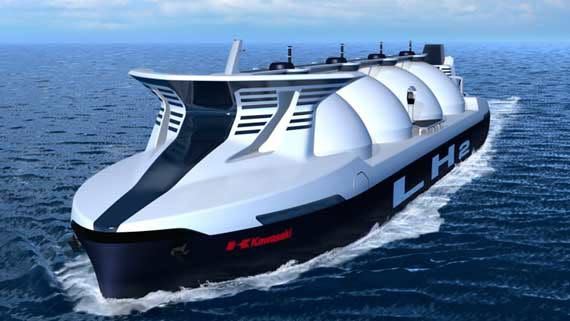IDEALHY investigated the different steps in the hydrogen liquefaction process in detail, using innovations and greater integration in an effort to reduce specific energy consumption by 50% compared to state of the art, and simultaneously to reduce investment cost.
IDEALHY was assembled as companies, vendors and R&D actors, all with strategic interest in hydrogen liquefaction, formed a consortium and submitted an FCH-JU application during the fall of 2010.
The primary objective of IDEALHY was to develop a viable process scheme for large-scale hydrogen liquefaction with close to 50% reduced energy requirement relative to state-of-the-art technology. This was achieved by improving most sub-processes where progress could be achieved. Innovations contributing to reaching the goal were chiefly:
- Increasing the feed pressure of hydrogen by pre-compression
- Using a mixed refrigerant with energy-optimised composition for pre-cooling the hydrogen feed
- Replacing hydrogen-Claude cryogenic refrigeration with a Brayton cycle with mixed refrigerant consisting of helium and neon, inter- and aftercooled by chillers to reduce volume flowrates
- Using liquid expanders instead of throttling to increase the liquid yield in the final liquefaction stage
- Realising large-scale advantages with respect to improved component efficiencies
Project steps and results are presented on the project website.
SINTEF conducted several research tasks contributing to the achievement of the project objectives:
- Providing an overview of existing and prospective liquefaction technologies
- Simulations and analyses of relevant options for different sub-processes
- Modelling and implementing thermodynamic model for continuous ortho-para conversion in simulation tools
- Design of the mixed-refrigerant pre-cooling process and global energy-optimisation of the composition by mathematical programming
- Simulating and analysing the new process developend in IDEALHY
- Interaction with external suppliers of rotating equipment


